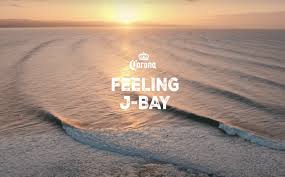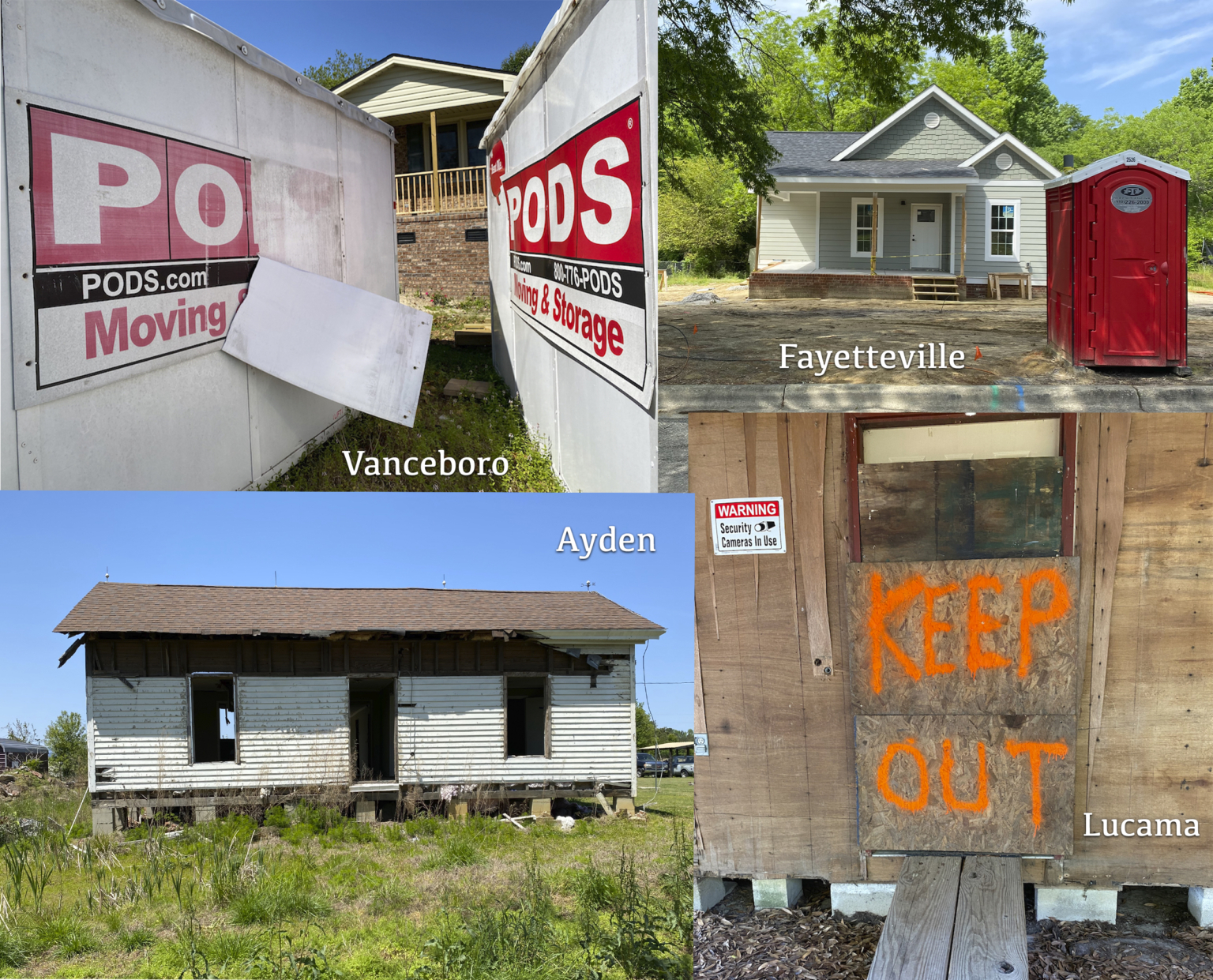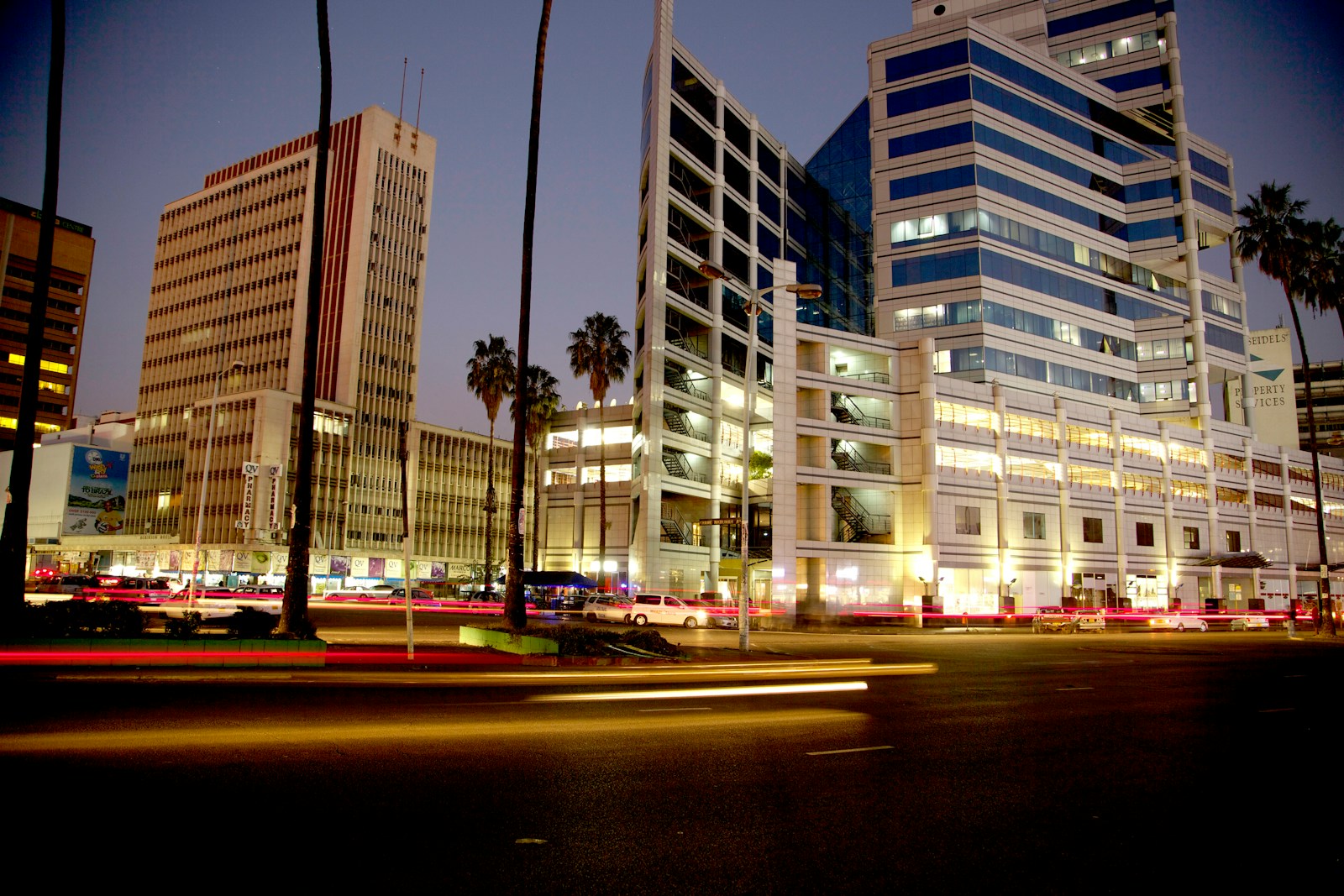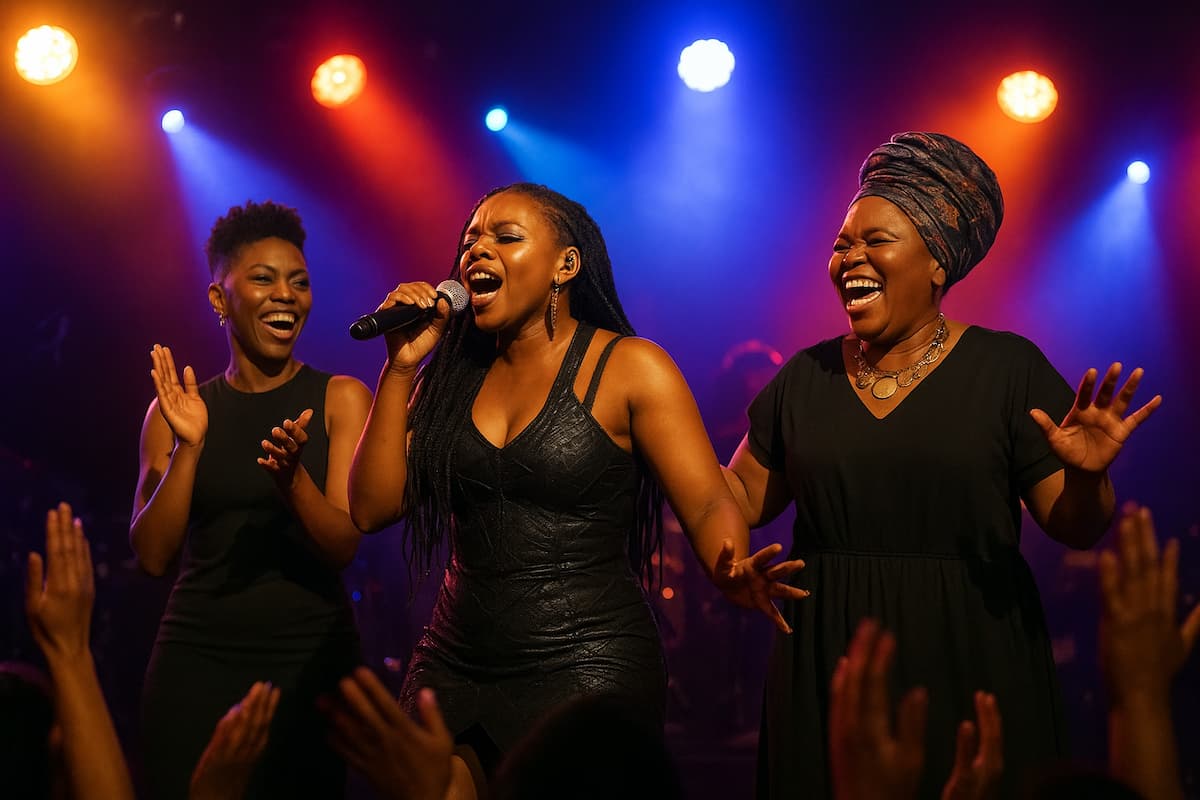
Introduction
Jeffreys Bay, South Africa — The world-famous surf break of Jeffreys Bay was alive with more than just the sound of waves this weekend. As part of the festivities at the Corona Cero Open, a new short film titled “Feeling J’Bay” premiered to an enthusiastic crowd, blending surf culture, local heritage, and cinematic beauty into an unforgettable experience.
For more: https://africatrademonitor.com/
A Film Born from the Ocean
Produced in close collaboration between Corona and a group of visionary South African filmmakers, Feeling J’Bay is more than just a film—it’s a heartfelt visual symphony dedicated to the spirit of Jeffreys Bay, affectionately known as “J’Bay” by surfers and locals alike. This coastal town, nestled along the Eastern Cape of South Africa, is world-renowned for its flawless right-hand point breaks, drawing elite surfers from across the globe. But what Feeling J’Bay manages to do so compellingly is look beyond the waves, capturing the soul of a place where surfing is not merely a sport, but a way of life—a philosophy deeply interwoven with nature, identity, and culture.
The film does not follow a conventional narrative structure; instead, it unfolds like a poem—visual, lyrical, and intimate. From the first sweeping aerial shots of the Indian Ocean meeting the sun-drenched coastline, to quiet moments of surfers waxing their boards at dawn, every frame is infused with reverence for the natural environment. Through its cinematography, Feeling J’Bay draws attention to the fragile beauty of the ocean, the rhythm of the tides, and the sacred rituals of those who live their lives in sync with the swell.
Featuring appearances from world-renowned surfers, including a few former WSL champions, alongside local legends who have shaped the community for decades, the film bridges generations and cultures. Young, up-and-coming South African surfers—many of whom are emerging from previously marginalized communities—share screen time with seasoned veterans who’ve been riding these breaks since the 1970s. This intergenerational dialogue underscores one of the film’s central themes: that surfing is a universal language, but one that carries distinct local dialects, shaped by environment, access, history, and experience.
Coastal artists, musicians, and cultural figures also feature prominently in the film, adding rich layers of sound, color, and storytelling. Through hand-crafted boards, murals, and folk songs, the film paints a multifaceted portrait of J’Bay not only as a surfing mecca but as a cultural and artistic ecosystem. These artists reflect on the healing power of the sea, the importance of community, and the stories that live in the waves. In doing so, Feeling J’Bay elevates the narrative beyond sport—it becomes a celebration of the deep, often spiritual relationship between people and water.
Director Nomusa Mokoena, a rising voice in the world of African cinema, brought a unique vision and sensitivity to the project. Known for her documentary work that centers Black identity, land, and tradition, Mokoena’s direction transforms Feeling J’Bay into what she calls “a love letter to nature and human connection through surf.” Her choice to use non-professional voiceovers from local residents, surfers, and fishermen gives the film an authentic texture, grounding it firmly in the lived realities of the people it represents. According to Mokoena, the process was as important as the final product—“We didn’t just film a community; we collaborated with it,” she said in a post-premiere interview.
The premiere of Feeling J’Bay was a spectacle in itself, designed to echo the film’s message of unity, sustainability, and celebration. Held as an open-air screening just meters from the iconic Super Tubes surf break, the event attracted a vibrant mix of fans, professional surfers, environmental activists, and curious tourists. As the sun dipped behind the dunes, the screen lit up under a sky full of stars, creating a magical atmosphere that blurred the lines between cinema and nature.
The choice of this setting wasn’t accidental. Corona, known for its environmental campaigns such as “Protect Our Beaches” and “This is Living”, used the event as an opportunity to amplify its sustainability message. Attendees were encouraged to bring reusable items, and local organizations ran workshops on beach conservation, ocean health, and plastic reduction. Informational booths lined the venue, manned by NGOs and youth groups focused on preserving South Africa’s rich marine biodiversity. In this way, the premiere was not just about viewing a film—it was about activating community awareness and engagement through cinema.
What makes Feeling J’Bay stand out in the landscape of surf films is its refusal to exoticize or romanticize its subject. Instead, it invites viewers into a shared experience—the feeling of paddling out at sunrise, of wiping out and trying again, of laughing around a fire after a long day in the water. It shows how surfing can be both a solitary pursuit and a deeply communal practice, often passed down through families, clubs, and informal mentorships.
The film also touches gently—but powerfully—on issues of access and equity. While Jeffreys Bay is world-famous, many of its own residents, particularly from underprivileged backgrounds, have historically faced barriers to participation in surfing due to cost, infrastructure, and social exclusion. Feeling J’Bay doesn’t ignore this reality; instead, it highlights local efforts to change it. From community surf programs to female surf initiatives, the film showcases how the next generation is reclaiming the waves, making J’Bay more inclusive, dynamic, and hopeful than ever.
On a deeper level, Feeling J’Bay demonstrates the transformative power of cinema as a medium of social reflection and change. In many communities, especially in places that are underrepresented in mainstream media, film becomes a way to tell stories that matter—to document struggles, celebrate identities, and reimagine futures. In this context, Feeling J’Bay is more than a film; it’s a mirror, a memory, and a message. It asks viewers to see the ocean not only as a playground, but as a living entity—one that gives, sustains, and demands protection.
As global conversations around environmental justice, representation, and cultural ownership grow louder, films like Feeling J’Bay are essential. They remind us that local stories have global relevance, that beauty lies in truth, and that connection—whether through a camera lens or a breaking wave—is what ultimately binds us.
In the coming months, Feeling J’Bay is expected to make its way to several international film festivals and streaming platforms. But no matter where it’s seen, the film’s essence remains anchored in the warm, salt-kissed air of Jeffreys Bay—where the land meets the sea, and the stories ride the tide.
More Than Surfing: A Celebration of Community
The film was more than a surf documentary—it was a cultural celebration. Local musicians performed before the screening, food vendors offered regional specialties, and artists showcased coastal-themed work inspired by the sea and sand.
Corona’s “Live Más Con Menos” (Live More With Less) sustainability initiative was also a key part of the event. Eco-stalls raised awareness about ocean plastic pollution, offering guests ways to participate in beach cleanups and sustainable tourism.
The Power of Cinema in Society
Events like the premiere of Feeling J’Bay at the Corona Cero Open serve as a powerful reminder of the profound role cinema plays in shaping community, memory, and identity. While film is often viewed primarily as a form of entertainment, its deeper social and cultural functions extend far beyond the screen. Cinema has the unique ability to act as both a mirror and a lens—reflecting who we are while also revealing new perspectives on who we could become. Films tell stories, and stories are what societies are built on. They carry memories, values, traditions, aspirations, and histories, all woven into narrative and image.
In a world where mainstream media and commercial entertainment frequently favor homogenized, globalized content, films that emerge from specific local contexts—like Feeling J’Bay—serve a vital counterbalance. These are not just stories about a place; they are stories from a place, told by the people who live there, shaped by their realities, their rhythms, and their relationships with the environment. In Jeffreys Bay, a small yet iconic coastal town on South Africa’s Eastern Cape, such storytelling becomes even more significant.
Traditional news media, especially international outlets, often overlook small towns like J’Bay unless there is a major event—such as a surf competition or a rare environmental disaster. But beneath the surface of such events lies a vibrant, complex community with its own narrative: the daily lives of fishermen, artists, surfers, and youth who grow up alongside one of the most famous waves in the world. In these spaces, cinema becomes a powerful tool of expression and preservation. It gives a platform to the often unheard, the rarely seen, and the beautifully ordinary.
Feeling J’Bay amplifies these voices in an authentic and meaningful way. Through its documentary-style format, the film highlights the everyday beauty and deep cultural roots of coastal life in South Africa. It doesn’t just depict surfing as a sport, but as a metaphor for resilience, identity, and freedom. For many people in the community, the ocean is more than a landscape—it is a livelihood, a healer, and a spiritual anchor. The film captures this connection through the voices of real locals—surfers, elders, youth, and environmental stewards—who speak not only about riding waves, but about navigating life in a place that is as challenging as it is beautiful.
Cinema, in this sense, becomes an act of community-building. Screenings like the one held for Feeling J’Bay allow people to gather and see their own lives reflected on screen, something that can be incredibly validating and empowering. It reaffirms the value of local experience and creates a shared moment of pride. It also offers an opportunity for intergenerational storytelling, where older community members pass down knowledge and wisdom to younger audiences, not through lectures, but through image, sound, and emotion.
But the power of cinema does not end at the borders of the town. One of the most transformative aspects of film is its ability to travel—to reach audiences far beyond where it was created. When a film like Feeling J’Bay is made available online or featured at international film festivals, it opens a window into the lived experiences of people and places that global audiences might otherwise never encounter. It allows viewers in cities like New York, Tokyo, or Berlin to witness the waves of J’Bay—not just as a surf destination, but as a complex human and ecological environment.
This global reach is particularly important when it comes to environmental awareness and advocacy. South Africa’s coastline is one of the most ecologically diverse regions on the planet, home to countless marine species and delicate ecosystems that are increasingly under threat from climate change, pollution, and overdevelopment. While scientific reports and policy briefs are essential for environmental action, they often fail to connect with the public on an emotional level. That’s where film steps in. By showing the beauty of these landscapes—and the people who depend on them—Feeling J’Bay makes the case for conservation in a way that is visceral, personal, and urgent.
Cinema can humanize environmental issues, turning abstract problems into personal stories. We don’t just hear that coral reefs are dying; we see a young surfer devastated by the disappearance of the reef that taught them to swim. We don’t just read statistics about plastic in the ocean; we watch a community rally together for a beach cleanup, determined to protect what they love. These narratives are essential in a world where climate fatigue and information overload are real barriers to action.
In the context of post-apartheid South Africa, the power of film takes on even greater resonance. For decades, the film industry was dominated by voices and visions that excluded large portions of the population. Today, filmmakers like Nomusa Mokoena, the director of Feeling J’Bay, are part of a new wave of African storytellers reclaiming the camera to tell their own truths. They are pushing back against stereotypes and simplistic portrayals, offering instead rich, complex, and nuanced stories that honor local knowledge and lived experience.
The democratization of filmmaking technology—through smartphones, social media, and affordable editing tools—has made it easier than ever for communities to document their stories. But access is still not equal, and platforms like Feeling J’Bay play an important role in amplifying grassroots voices to wider audiences. They also help bridge the gap between traditional knowledge and modern media, allowing elders’ stories, oral histories, and indigenous perspectives to be preserved and shared in dynamic new ways.
Ultimately, cinema reminds us that stories are not a luxury—they are a necessity. They help us understand where we come from, what matters to us, and where we might be going. They offer comfort, connection, and sometimes confrontation. They hold memory. They foster empathy. And when created with care and intention, as Feeling J’Bay clearly was, they can inspire real-world change—be it environmental action, cultural pride, or simply the quiet power of being seen.
In Jeffreys Bay, a film like this is not just a celebration of surf culture. It’s a testament to the community’s resilience, creativity, and hope. It proves that even in the most remote or overlooked places, there are stories worth telling—and audiences ready to listen.
A Step Forward for African Filmmaking
Feeling J’Bay also marks a broader movement in African film—using local stories to reach international audiences without sacrificing authenticity. With growing platforms like Netflix Africa and film festivals from Durban to Toronto opening their screens to African voices, the continent’s cinematic future is bright.
Nomusa Mokoena’s direction shows that global quality doesn’t require global interference—when empowered, local filmmakers can produce work that is both technically excellent and deeply rooted in place and purpose.
Watch the Film & Learn More
For those who couldn’t attend the premiere in person, the film is expected to be available online soon. In the meantime, you can follow updates and behind-the-scenes content via Corona and the filmmakers’ official pages.
Explore More:
- Corona Cero Open – Official Event Page
- Jeffreys Bay Tourism
- Nomusa Mokoena – Filmmaker Profile
- The Role of Cinema in Cultural Preservation (UNESCO)
The post by:
https://www.thesouthafrican.com




